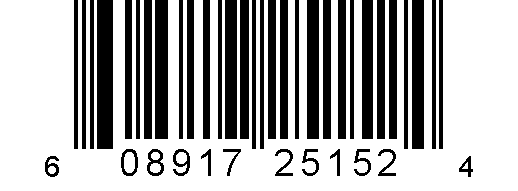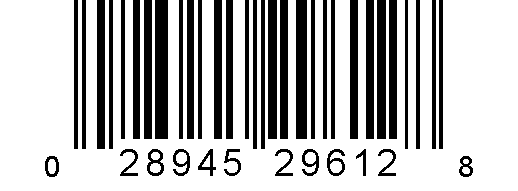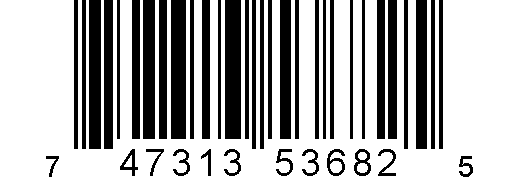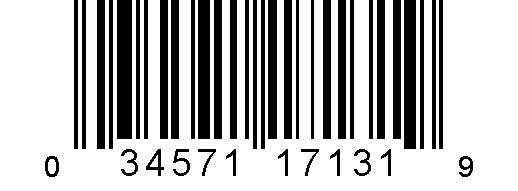Beethoven, Krufft, et al.: Horn & Fortepiano
Alexander Scriabin: Piano Sonata No.3 in F♯ minor, op.23
Media Review / Listening Diary 2013-09-30
2013-09-30 — Original posting (on Blogger)
2014-08-22 — Removed non-functional links
2014-11-09 — Re-posting as is (WordPress)
2016-07-13 — Brushed up for better readability
Table of Contents
Works for Horn and Fortepiano
Krufft: Sonata in E for horn and piano; Beethoven: Sonata in F for horn and piano, op.17;
Anonymous: Largo for horn and piano after the String quartet op.74/3 in G minor, Hob.III/74, “Rider quartett”, by Joseph Haydn;
Leidesdorf / Bellonci: Sonata in E♭ for horn and piano, op.164
Anneke Scott,natural horn; Kathryn Cok, fortepiano
Challenge classics CC72515 (CD, stereo); ℗ / © 2011

I first ran into excerpts from this disk via Magnatune notification — and I immediately liked what I heard! As mentioned elsewhere, I’m not a fan of Magnatune’s subscription model, plus, I also like to have a CD with the associated artwork / liner notes … so I refrained from downloading and only purchased when the CD was announced on Amazon.
The Compositions
The compositions on this CD are a horn sonata in E by Nikolaus von Krufft (1779 – 1818); Ludwig van Beethoven‘s Horn Sonata in F, op.17; the slow movement from Joseph Haydn‘s string quartet in G minor, op.74/3 (“Rider quartet”), in an anonymous adaptation for horn and piano — and finally, the horn sonata in E♭, op.163 by Maximilian Joseph Leidesdorf (1787 – 1840) and (in cooperation with) Camilla Bellonci (*1781). All of these compositions are very nice, little gems even, and very well worth listening to; in a YouTube video, Anneke Scott gives an introduction into the works on this CD.
Anneke Scott
However, what really makes this CD worth having is the interpretation! Anneke Scott must be one of the very top artists on the natural horn; watch this video by the artist to understand what this means — there is a huge difference between the sound of a modern horn (with waves and wider tubing) and a narrow-tubed natural horn without valves (just using the natural harmonics and alteration by putting the hand into the cone), with its bright sound, rich in harmonics! And sure it is much harder to play — but Anneke Scott is an absolute master of this instrument! The horn is made by Andreas Jungwirth (1997), after an instrument by Lausmann (ca. 1790).
Kathryn Cok
On top of that, there’s Kathryn Cok, playing on a very nice fortepiano by David Winston (2007), a replica of an instrument by Michael Rosenberger (ca. 1798) — a very nice instrument, close in quality and sound characteristics to the instruments by Anton Walter (maybe slightly less “singing”, but with a very nice and full-sounding bass register, judging from this CD), and Kathryn Cok is absolutely on a par with her duo partner!
I won’t comment any further, other than stating that I have listened to this CD for days – it’s hard to put it away, and I like every moment of this music and this interpretation — I can only recommend this CD: it is a real gem in my collection!
Alexander Scriabin (1872- 1915): Piano Sonata No.3 in F♯ minor, op.23
Yesterday I was listening to “La tribune des critiques” on France Musique — this week featuring a comparison of 6 recordings of Alexander Scriabin’s piano sonata no.3 in F♯ minor, op.23; it was an interesting two hours, and I was of course curious to hear whether any of my three recordings were rated, and how well they would fare. As it turned out, none of my recordings were played:
- Emil Gilels (among the first three to be eliminated — the recording showed the power of the “typical young Gilels”, but otherwise clearly wasn’t one of his best recordings);
- Dmitri Alexeev (eliminated along with Gilels — the reviewers felt bored at his interpretation of the first two movements)
- Evgeny Kissin (also eliminated along with the above two)
- Michel Dalberto almost made it to the final choice — a very good, “romantic” interpretation, excellent sound, good concept, impressive (too bad he was played immediately after Sofronitsky — he might otherwise have come out second!).
- Vladimir Horowitz provided more of a “classical”, though somewhat controversial, not very homogeneous interpretation
- the “winner” in this comparison was Vladimir Sofronitsky — an amazing interpretation, though on a horrible instrument, totally out of tune. His interpretation definitely was of the clear, “classical” kind, rather than romantic, and unlike most of the contenders, he showed a clear concept, a true understanding of this rather tricky sonata (the difficulty is not so much technical, but to understand the structure of the piece, to “hold it together”, etc.).
The CDs
Here are my three recordings of this sonata:
Vladimir Ashkenazy
Scriabin: The Piano Sonatas; Quatre Morceaux, op.51
Decca 452 961-2 (2 CDs, stereo); ℗ 1975 – 87 / © 1997

Bernd Glemser
Scriabin: Piano Sonatas Nos.3 & 10
Naxos 8.555368 (CD, stereo); ℗ / © 2001

Marc-André Hamelin
Scriabin: The Complete Piano Sonatas; Fantaisie in h minor, op.28; Sonate-Fantaisie in G♯ minor, op.posth.
Hyperion (2 CDs, stereo, iTunes download, 256 kbps); ℗ / © 2001

I did not do a thorough review of my three recordings, but merely gave them a more casual audition — I have listened through all of Scriabin’s sonatas back in 2009 (without taking extensive notes), and my ratings from back then mostly refer to the pianistic aspects, rather than the interpretation (I did not have a score at hand):
Brief Notes on my 3 Recordings
Vladimir Ashkenazy recorded the Scriabin sonatas between 1972 and 1984; among the recordings in my collection, this received the lowest rating — 2.8 overall (2 / 3 / 3 / 3): I felt that this interpretation lacks the ultimate clarity & coordination, and the concept in this sonata is less convincing than the other two.
Bernd Glemser recorded the sonatas 3 and 10 in 1977; Glemser is a pianist with excellent technical abilities — his interpretation is more of the “classical”, virtuosic type, but he does not come close to Sofronitsky, I think. My rating: 3.2 overall (3 / 4 / 3 / 3).
Marc-André Hamelin‘s recording dates from 1996; as I would (now) expect (considering other recordings by this pianist), Hamelin’s interpretation is of the “romantic” type, somewhat softened, with more pedal than others, avoiding sharp/harsh contrasts. It captures the moods and the expression in these movements — while technicalities in his hands become irrelevant (from the radio comparison I would think that Michel Dalberto‘s interpretation style / type, probably also quality is close to Hamelin’s). I like Hamelin’s the most among these three interpretations, with a rating of 3.8 overall (4 / 4 / 3 / 4). Still, I think it would be nice to have Vladimir Sofronitsky‘s interpretation (or an equivalent on a better instrument, if that’s available?) to complement this one!
Listening Diary Posts, Overview










